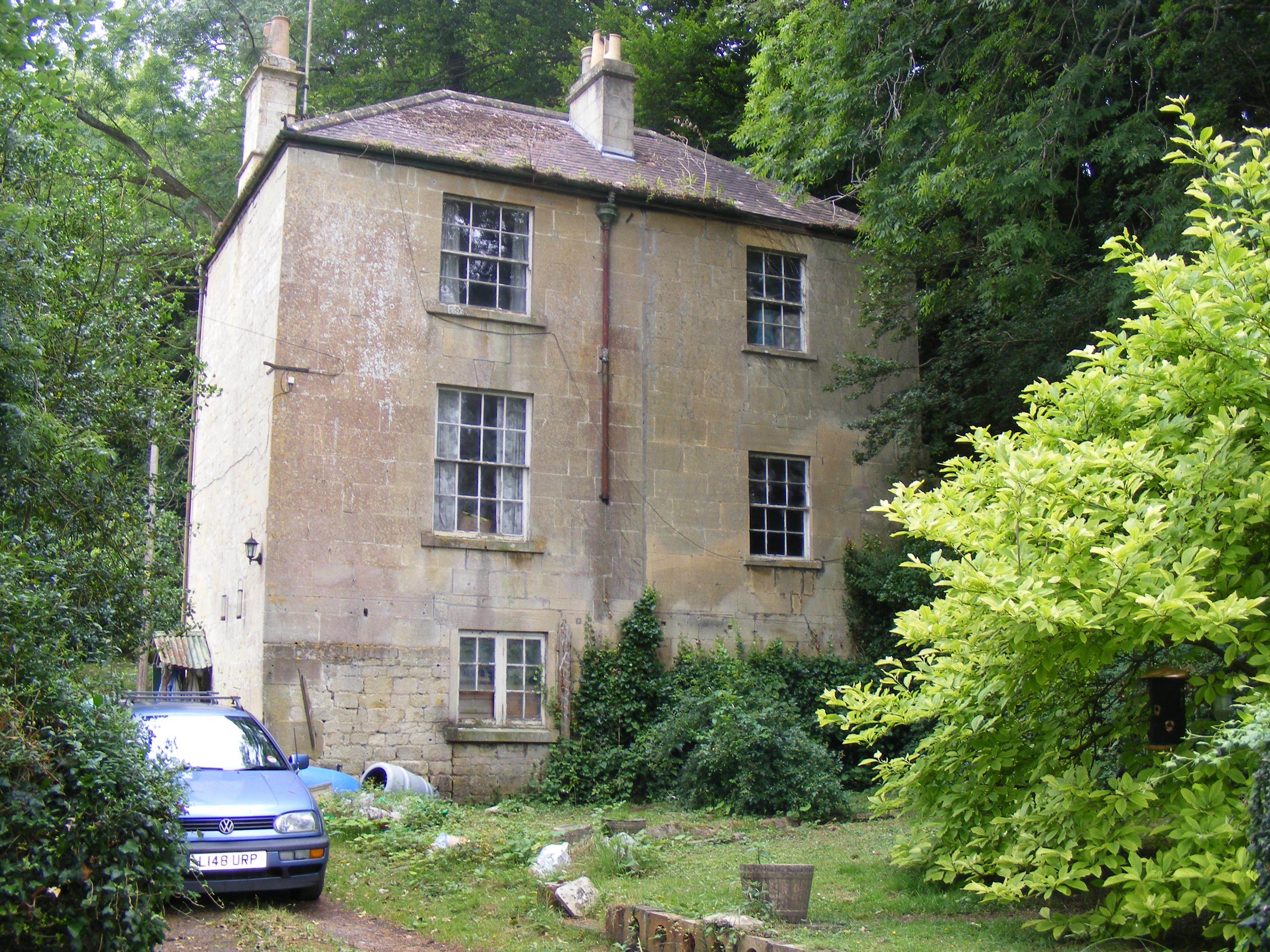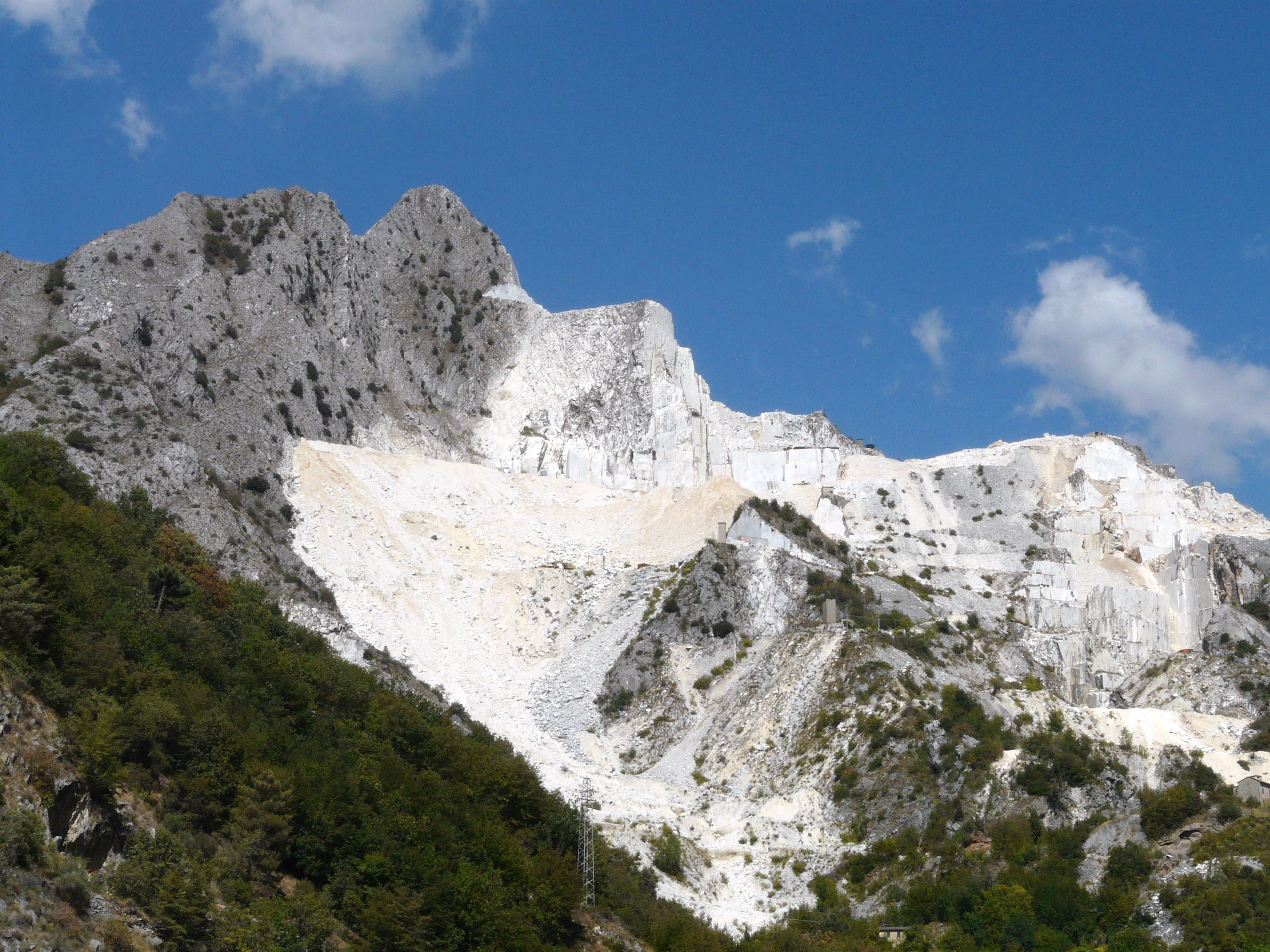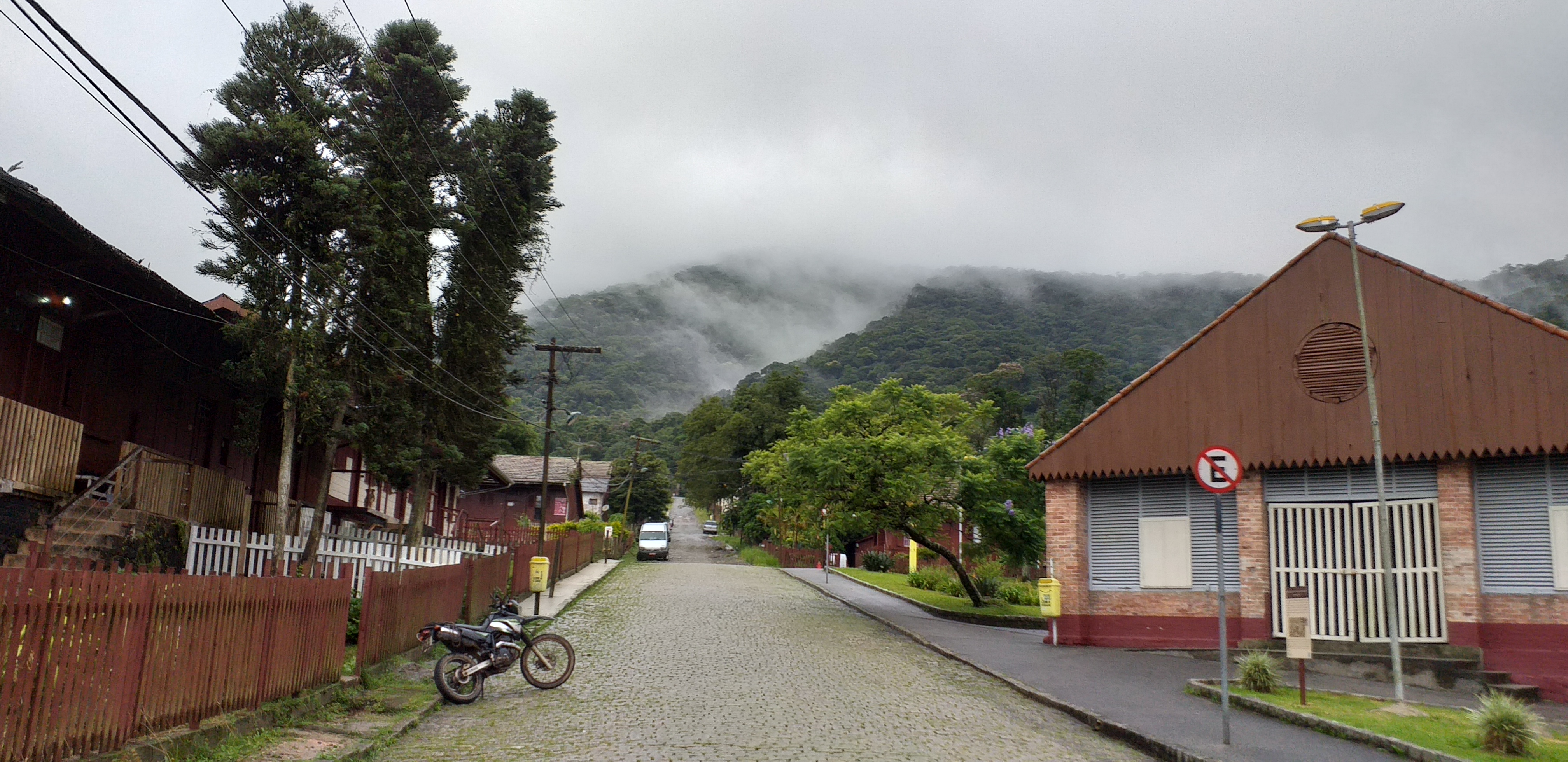|
William Smith (geologist)
William 'Strata' Smith (23 March 1769 – 28 August 1839) was an English geologist, credited with creating the first detailed, nationwide geological map of any country. At the time his map was first published he was overlooked by the scientific community; his relatively humble education and family connections prevented him from mixing easily in learned society. Financially ruined, Smith spent time in debtors' prison. It was only late in his life that Smith received recognition for his accomplishments, and became known as the "Father of English Geology". Early life Smith was born in the village of Churchill, Oxfordshire, the son of John Smith (1735–1777), the village blacksmith, and his wife Ann (''née'' Smith; 1745–1807). His father died when he was eight years old, and he and his siblings were raised by his uncle, a farmer also named William Smith. Largely self-educated, Smith was intelligent and observant, read widely from an early age, and with an aptitude for mat ... [...More Info...] [...Related Items...] OR: [Wikipedia] [Google] [Baidu] |
Churchill, Oxfordshire
Churchill is a village and civil parish about southwest of Chipping Norton, Oxfordshire in the Cotswolds Area of Outstanding Natural Beauty. Since 2012 it has been part of the Churchill and Sarsden joint parish council area, sharing a parish council with the adjacent civil parish of Sarsden. The 2011 Census recorded the parish's population as 665. Toponym The Domesday Book of 1086 recorded the toponym as ''Cercelle''. A pipe roll from 1168 records it as ''Cerzhulla''. A charter of the Priory of St Frideswide, Oxford from about 1175 records it as ''Chirchehull''. Other late 11th-century, 12th century and early 13th-century variants include ''Cercell'', ''Cercell'', ''Cercella'', ''Cerchil'', ''Cerchull'' and ''Cerchulla''. A Close Roll from 1220 records it as ''Cerceill''. An entry in the Book of Fees for about 1235–36 records it as ''Cershull''. An assize roll from 1246–47 Latinises the name as ''Sercellis''. A feudal aid document from 1346 records it as ''Cerccell''. ... [...More Info...] [...Related Items...] OR: [Wikipedia] [Google] [Baidu] |
Escarpment
An escarpment is a steep slope or long cliff that forms as a result of faulting or erosion and separates two relatively level areas having different elevations. The terms ''scarp'' and ''scarp face'' are often used interchangeably with ''escarpment''. Some sources differentiate the two terms, with ''escarpment'' referring to the margin between two landforms, and ''scarp'' referring to a cliff or a steep slope. In this usage an escarpment is a ridge which has a gentle slope on one side and a steep scarp on the other side. More loosely, the term ''scarp'' also describes a zone between a coastal lowland and a continental plateau which shows a marked, abrupt change in elevation caused by coastal erosion at the base of the plateau. Formation and description Scarps are generally formed by one of two processes: either by differential erosion of sedimentary rocks, or by movement of the Earth's crust at a geologic fault. The first process is the more common type: the escarpment is a ... [...More Info...] [...Related Items...] OR: [Wikipedia] [Google] [Baidu] |
Quarries
A quarry is a type of open-pit mine in which dimension stone, rock, construction aggregate, riprap, sand, gravel, or slate is excavated from the ground. The operation of quarries is regulated in some jurisdictions to reduce their environmental impact. The word ''quarry'' can also include the underground quarrying for stone, such as Bath stone. Types of rock Types of rock extracted from quarries include: *Chalk *China clay *Cinder *Clay *Coal *Construction aggregate (sand and gravel) *Coquina *Diabase *Gabbro *Granite *Gritstone *Gypsum *Limestone *Marble *Ores *Phosphate rock *Quartz *Sandstone *Slate *Travertine Stone quarry Stone quarry is an outdated term for mining construction rocks (limestone, marble, granite, sandstone, etc.). There are open types (called quarries, or open-pit mines) and closed types ( mines and caves). For thousands of years, only hand tools had been used in quarries. In the 18th century, the use of drilling and blasting operations was ma ... [...More Info...] [...Related Items...] OR: [Wikipedia] [Google] [Baidu] |
Cutting
Cutting is the separation or opening of a physical object, into two or more portions, through the application of an acutely directed force. Implements commonly used for cutting are the knife and saw, or in medicine and science the scalpel and microtome. However, any sufficiently sharp object is capable of cutting if it has a hardness sufficiently larger than the object being cut, and if it is applied with sufficient force. Even liquids can be used to cut things when applied with sufficient force (see water jet cutter). Cutting is a compressive and shearing phenomenon, and occurs only when the total stress generated by the cutting implement exceeds the ultimate strength of the material of the object being cut. The simplest applicable equation is: \text = or \tau=\frac The stress generated by a cutting implement is directly proportional to the force with which it is applied, and inversely proportional to the area of contact. Hence, the smaller the area (i.e., the sh ... [...More Info...] [...Related Items...] OR: [Wikipedia] [Google] [Baidu] |
Railway
Rail transport (also known as train transport) is a means of transport that transfers passengers and goods on wheeled vehicles running on rails, which are incorporated in Track (rail transport), tracks. In contrast to road transport, where the vehicles run on a prepared flat surface, rail vehicles (rolling stock) are directionally guided by the tracks on which they run. Tracks usually consist of steel rails, installed on Railroad tie, sleepers (ties) set in track ballast, ballast, on which the rolling stock, usually fitted with metal wheels, moves. Other variations are also possible, such as "slab track", in which the rails are fastened to a concrete foundation resting on a prepared subsurface. Rolling stock in a rail transport system generally encounters lower friction, frictional resistance than rubber-tyred road vehicles, so passenger and freight cars (carriages and wagons) can be coupled into longer trains. The rail transport operations, operation is carried out by a ... [...More Info...] [...Related Items...] OR: [Wikipedia] [Google] [Baidu] |
Road
A road is a linear way for the conveyance of traffic that mostly has an improved surface for use by vehicles (motorized and non-motorized) and pedestrians. Unlike streets, the main function of roads is transportation. There are many types of roads, including parkways, avenues, controlled-access highways (freeways, motorways, and expressways), tollways, interstates, highways, thoroughfares, and local roads. The primary features of roads include lanes, sidewalks (pavement), roadways (carriageways), medians, shoulders, verges, bike paths (cycle paths), and shared-use paths. Definitions Historically many roads were simply recognizable routes without any formal construction or some maintenance. The Organization for Economic Co-operation and Development (OECD) defines a road as "a line of communication (travelled way) using a stabilized base other than rails or air strips open to public traffic, primarily for the use of road motor vehicles running on their own wheel ... [...More Info...] [...Related Items...] OR: [Wikipedia] [Google] [Baidu] |
Canals
Canals or artificial waterways are waterways or engineered channels built for drainage management (e.g. flood control and irrigation) or for conveyancing water transport vehicles (e.g. water taxi). They carry free, calm surface flow under atmospheric pressure, and can be thought of as artificial rivers. In most cases, a canal has a series of dams and locks that create reservoirs of low speed current flow. These reservoirs are referred to as ''slack water levels'', often just called ''levels''. A canal can be called a ''navigation canal'' when it parallels a natural river and shares part of the latter's discharges and drainage basin, and leverages its resources by building dams and locks to increase and lengthen its stretches of slack water levels while staying in its valley. A canal can cut across a drainage divide atop a ridge, generally requiring an external water source above the highest elevation. The best-known example of such a canal is the Panama Canal. Man ... [...More Info...] [...Related Items...] OR: [Wikipedia] [Google] [Baidu] |
John Rennie (engineer)
John Rennie may refer to: * John Rennie the Elder (1761–1821), engineer (factories, canals, ''design'' of London Bridge) * Sir John Rennie the Younger (1794–1874), engineer (rail lines, ''completion'' of London Bridge) * John Rennie (naval architect) (1842–1918), naval architect * Sir John Rennie (MI6 officer) (1914–1981), Director of MI6 * John Rennie (soccer) (born c. 1944), American soccer coach * John Rennie (editor) (born 1959), editor-in-chief of ''Scientific American'', 1994–2009 * John Rennie (cricketer) (born 1970), Zimbabwean Test and ODI cricketer * John Gillies Rennie (1904–1952), Quebec politician and educator *: John Rennie High School, Quebec, Canada, named for John Gillies Rennie * John Rennie (GC) (1920–1943), British recipient of the George Cross * John Shaw Rennie (1917–2002), Commissioner-General of UNRWA * John T. Rennie (1824–1878), Scottish ship-owner * John Rennie Short John Rennie Short is a professor of geography and public policy i ... [...More Info...] [...Related Items...] OR: [Wikipedia] [Google] [Baidu] |
Engineer
Engineers, as practitioners of engineering, are professionals who invent, design, analyze, build and test machines, complex systems, structures, gadgets and materials to fulfill functional objectives and requirements while considering the limitations imposed by practicality, regulation, safety and cost. "Science is knowledge based on our observed facts and tested truths arranged in an orderly system that can be validated and communicated to other people. Engineering is the creative application of scientific principles used to plan, build, direct, guide, manage, or work on systems to maintain and improve our daily lives." The word ''engineer'' (Latin ) is derived from the Latin words ("to contrive, devise") and ("cleverness"). The foundational qualifications of an engineer typically include a four-year Bachelor of Engineering, bachelor's degree in an engineering discipline, or in some jurisdictions, a Master of Engineering, master's degree in an engineering discipline plus ... [...More Info...] [...Related Items...] OR: [Wikipedia] [Google] [Baidu] |
Principle Of Faunal Succession
The principle of faunal succession, also known as the law of faunal succession, is based on the observation that sedimentary rock strata contain fossilized flora and fauna, and that these fossils succeed each other vertically in a specific, reliable order that can be identified over wide horizontal distances. A fossilized Neanderthal bone will never be found in the same stratum as a fossilized Megalosaurus, for example, because neanderthals and megalosaurs lived during different geological periods, separated by many millions of years. This allows for strata to be identified and dated by the fossils found within. This principle, which received its name from the English geologist William Smith, is of great importance in determining the relative age of rocks and strata. The fossil content of rocks together with the law of superposition helps to determine the time sequence in which sedimentary rocks were laid down. Evolution explains the observed faunal and floral succession pre ... [...More Info...] [...Related Items...] OR: [Wikipedia] [Google] [Baidu] |
Triassic
The Triassic ( ) is a geologic period and system which spans 50.6 million years from the end of the Permian Period 251.902 million years ago (Mya), to the beginning of the Jurassic Period 201.36 Mya. The Triassic is the first and shortest period of the Mesozoic Era. Both the start and end of the period are marked by major extinction events. The Triassic Period is subdivided into three epochs: Early Triassic, Middle Triassic and Late Triassic. The Triassic began in the wake of the Permian–Triassic extinction event, which left the Earth's biosphere impoverished; it was well into the middle of the Triassic before life recovered its former diversity. Three categories of organisms can be distinguished in the Triassic record: survivors from the extinction event, new groups that flourished briefly, and other new groups that went on to dominate the Mesozoic Era. Reptiles, especially archosaurs, were the chief terrestrial vertebrates during this time. A specialized subgroup of arch ... [...More Info...] [...Related Items...] OR: [Wikipedia] [Google] [Baidu] |








